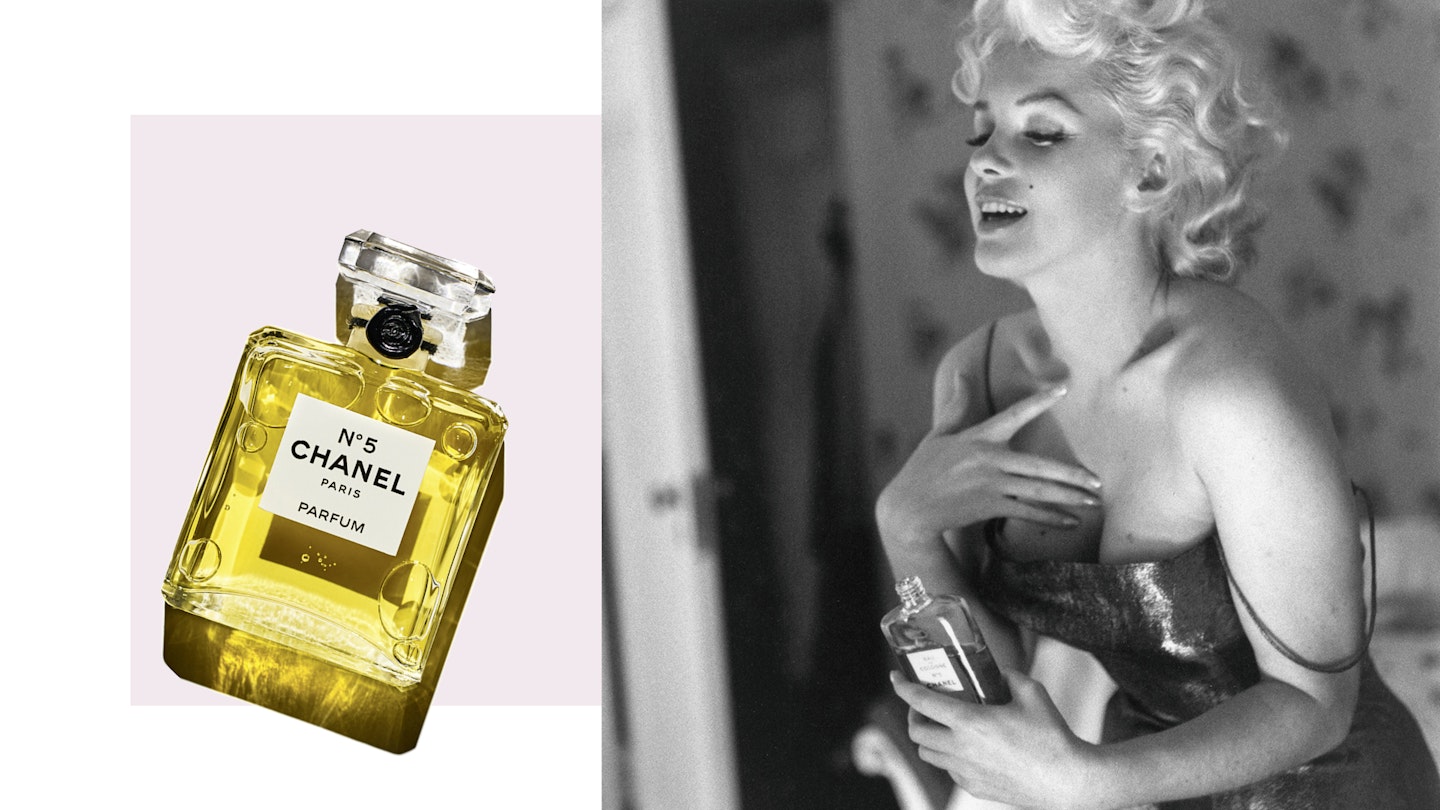2021 marks 100 years since the conception of Chanel N°5, perhaps the most famous scent in the history of perfumery. Many like to pinpoint today, 5th May, as the launch date of this legendary perfume. Gabrielle Chanel chose '5' as her lucky number, N°5 reportedly represents the fifth sample of scent that Gabrielle received from perfumer Ernest Beaux, so there's something poetic in thinking of the fifth day of the fifth month of its debut year as its birthday. Practically everyone knows someone who wears Chanel N°5. A perennially well put together friend, a high-flying former colleague or a loved one. But aside from the memories it evokes with a single spritz, there’s some serious storytelling behind the fragrance icon, which retains its title as the best-selling scent in the world almost a century since its conception. Now, however, there are so many more options than just the classic parfum. Chanel offers the scent in the form of hand cream, hair mist and even deodorant.
Chanel No. 5
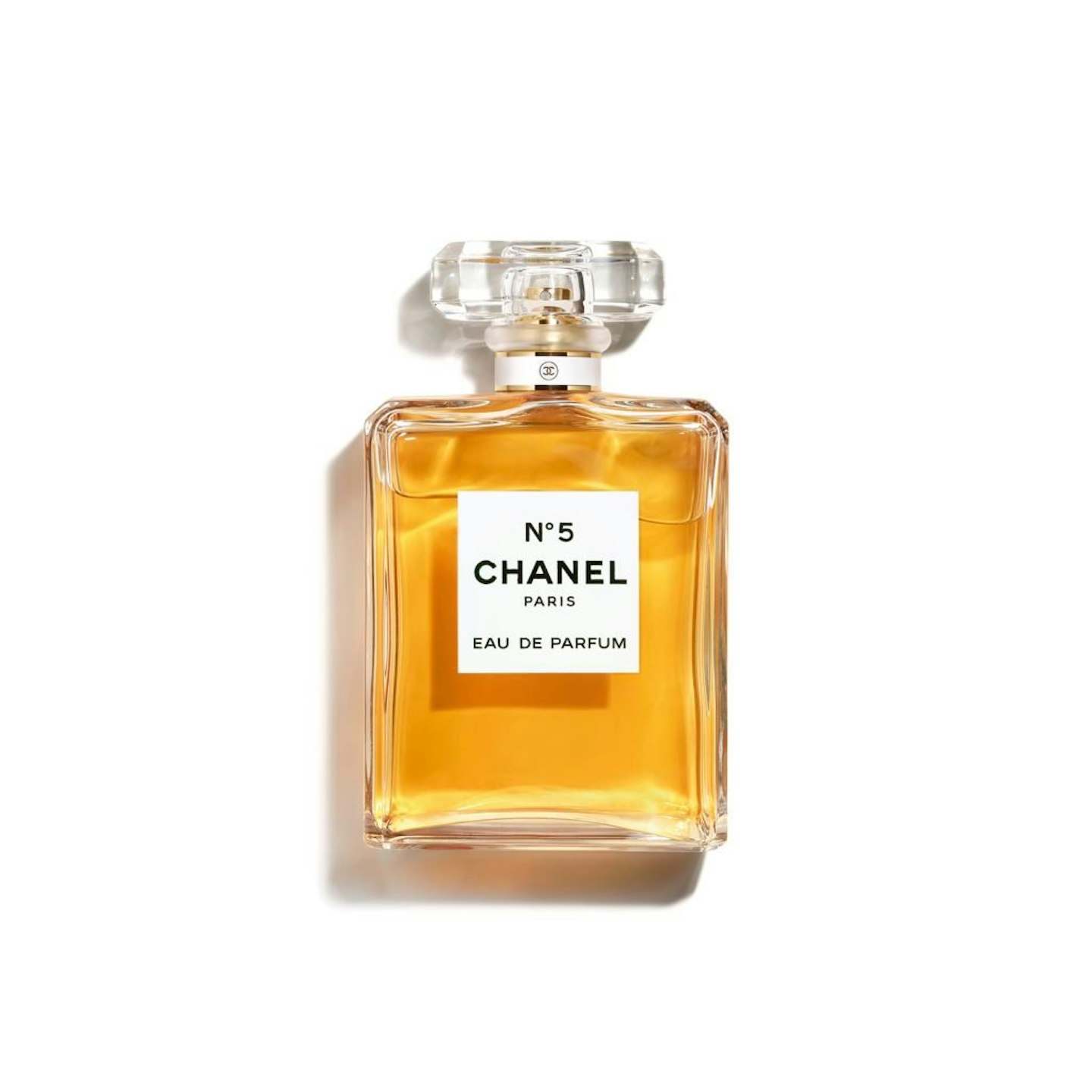 1 of 1
1 of 1Chanel No.5 Eau De Parfum Spray, £79 (50ml)
Originally created in 1921 by perfumer Ernest Beaux for Gabrielle (or 'Coco') Chanel – who’d asked for 'a woman’s perfume with a woman’s scent' – he eschewed the tradition of single-flower creations, to combine multiple ingredients. The stars of the floral show? Jasmine and the elusive rose de mai, or May Rose. The latter is one of the most precious petals in the world of perfumery, which is harvested for just three weeks in its namesake month in and around Grasse, France – revered as the fragrance capital of the world since the 17th century.
Also known as Rosa centifolia (‘a hundred petals’), these sweet, honeyed blooms that make up the heart of the original N°5 and N°5 Eau de Parfum are some of the most fragile in fragrance. Harvested in the morning to ensure the sunlight doesn’t tamper with the flower’s natural oils, once picked they don’t have much dawdling time. Rather, they’re quickly transformed from hessian sacks of vibrant pink petals into a thick, balmy concrete in the Sotraflor plant on site, before finally making their way into an absolute (which takes around 3 days).
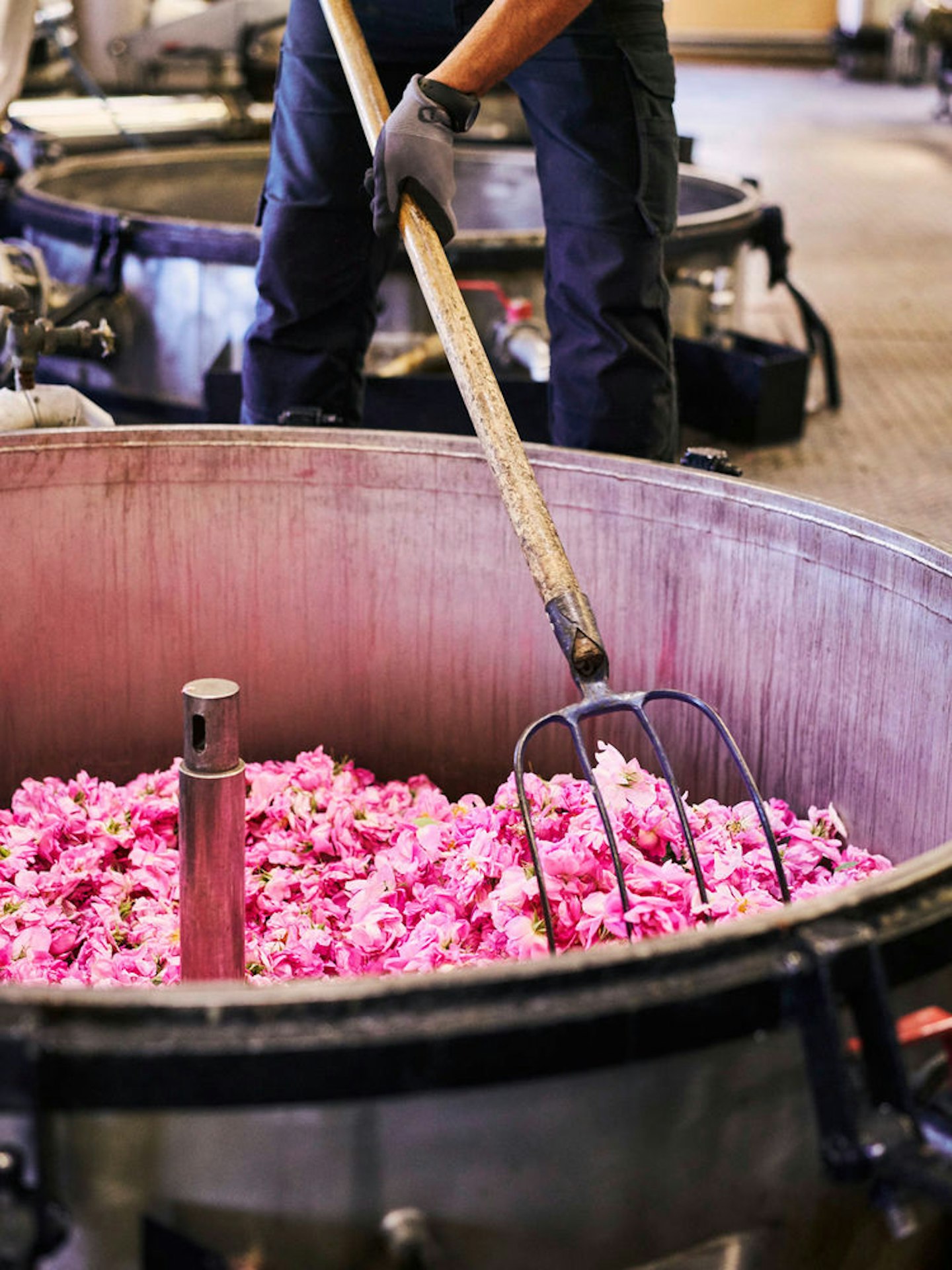
Now for the mind-boggling maths that will make you think twice every time you spritz. 3000 to 5000 roses make their way into each 10-kilo sack of petals; it takes one ton of May Roses to obtain just 1.5 kg of the absolute (that’s around 350,000 single flowers) and each season sees around 37 tonnes total.
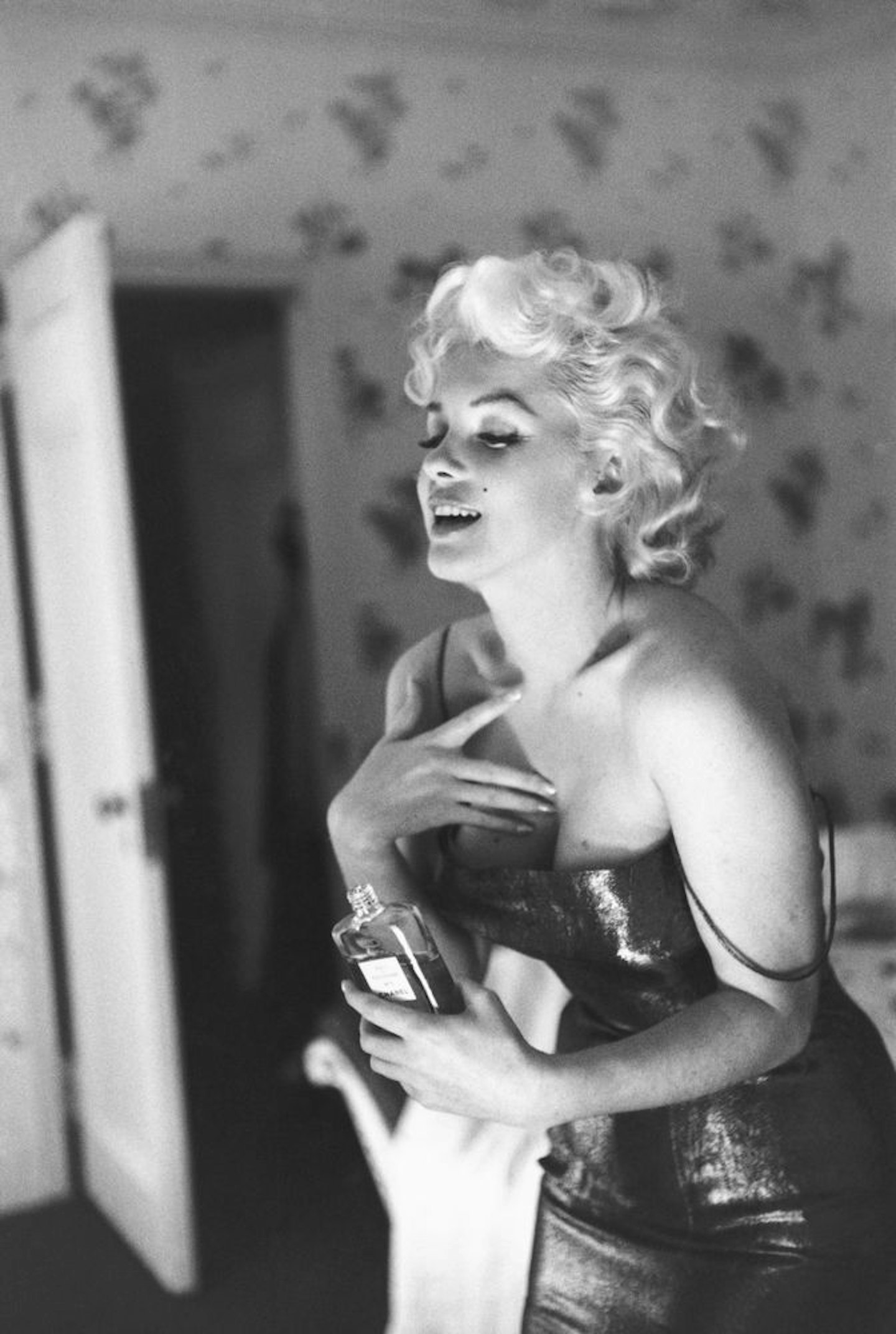
Impressive stats like these might conjure up images of industrial style factories, churning out conveyor belts of fragrances. But the reality is quite the opposite – Chanel partnered up with the local Mul family in 1987 to keep factory tradition at the core. The current custodian, Joseph Mul, inherited the land from his great-grandfather who worked the soil back in 1840. Just as it was then, no chemical fertilisers are used to grow the flowers, all of which are meticulously hand-picked by 60 seasonal workers who know the soil.
Continuing the family affair, Olivier Polge, Chanel’s third in-house perfumer who took over from his father Jacques Polge in 2013, explains 'You have to know N°5 off by heart if you create a fragrance for Chanel. With N°5 we define our aesthetic with always keeping in mind the flowers at the centre.' And when carrying on the story, practicality comes in: 'Times have also changed and I kept that in mind when creating N°5 L’Eau. We used to wear fragrance in a very precious way, just putting one drop behind each ear. Today, we spray.' So, how would Polge sum up the success of N°5? 'You can’t explain its longevity in a sentence. In N°5, there is a story to cover.' He can say that again.
SHOP: The Best Chanel Beauty Products To Add To Your Make-Up Bag
The Best New Chanel Beauty Products Worth Buying
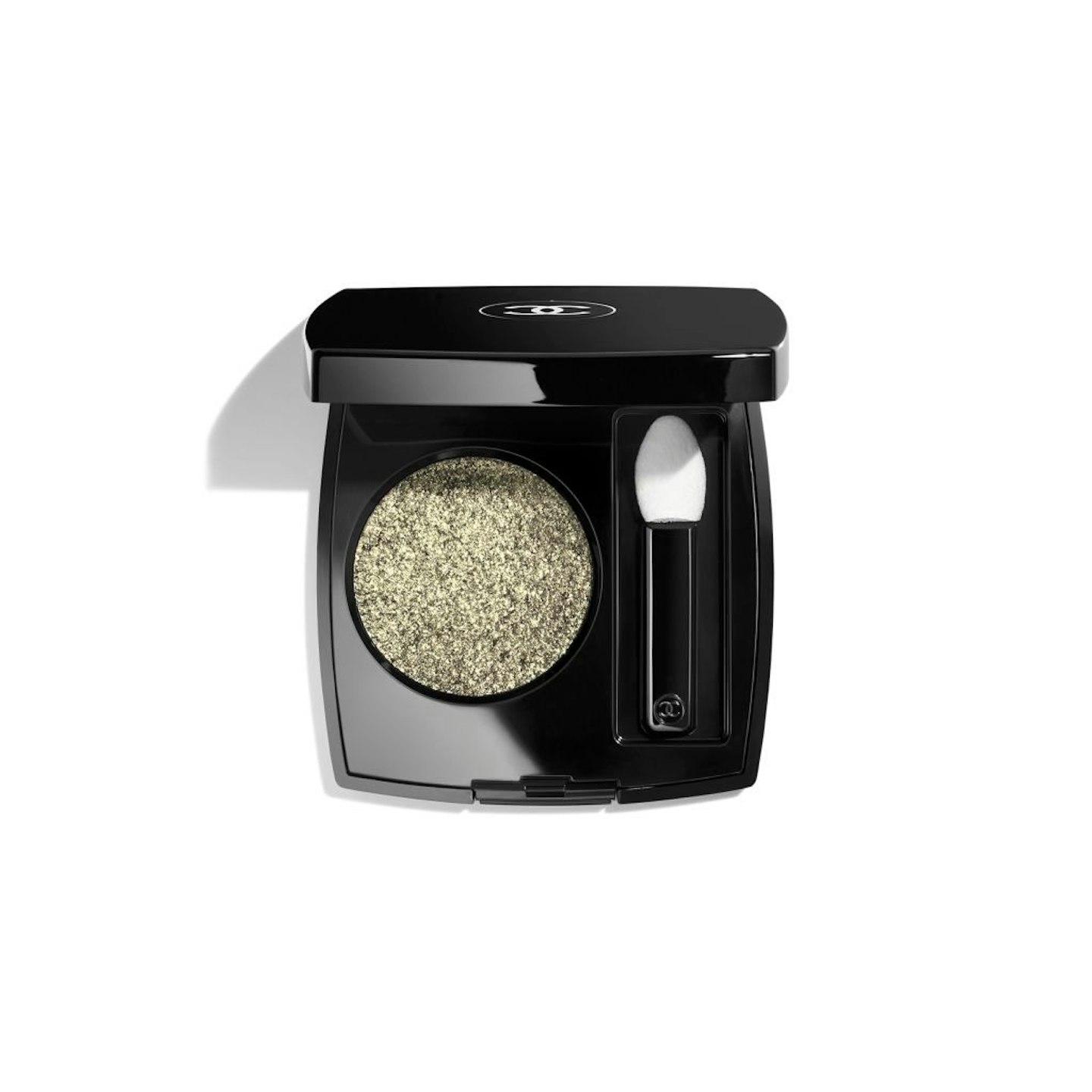 1 of 15
1 of 15Ombre Première Top Coat in Penombre, £28
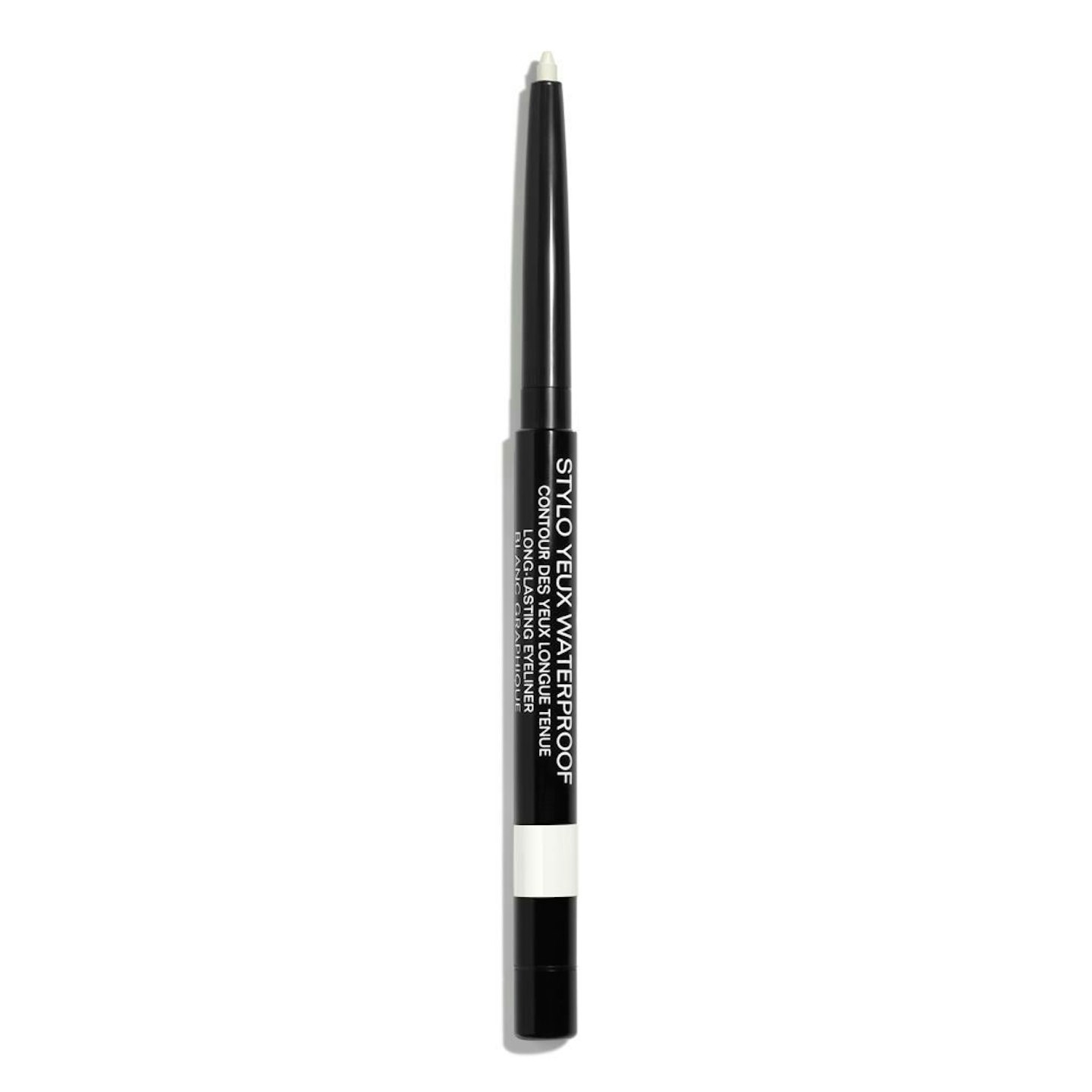 2 of 15
2 of 15Stylo Yeux Waterproof Eyeliner in Blanc Graphique, £22
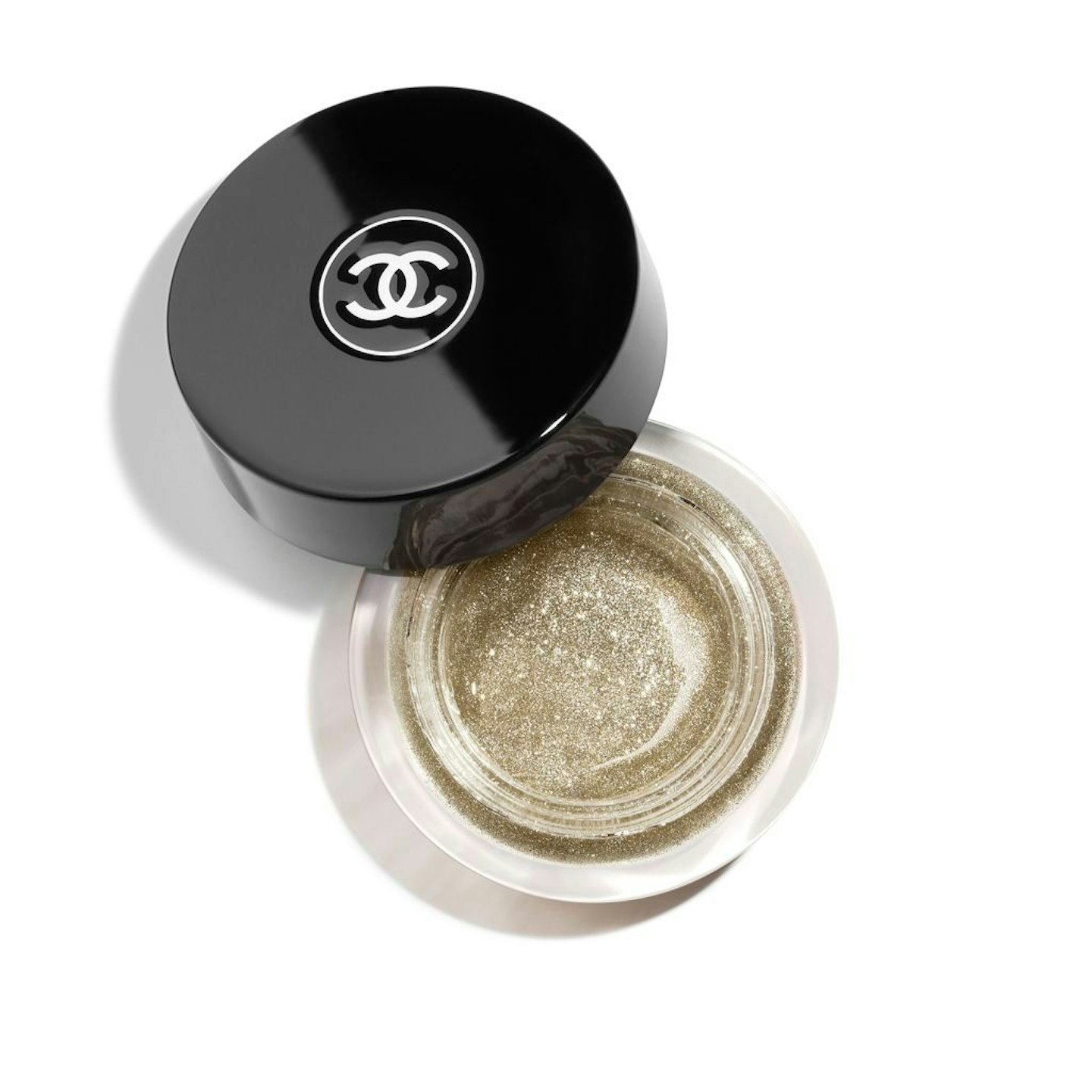 3 of 15
3 of 15Le Gel Pailetté, £40
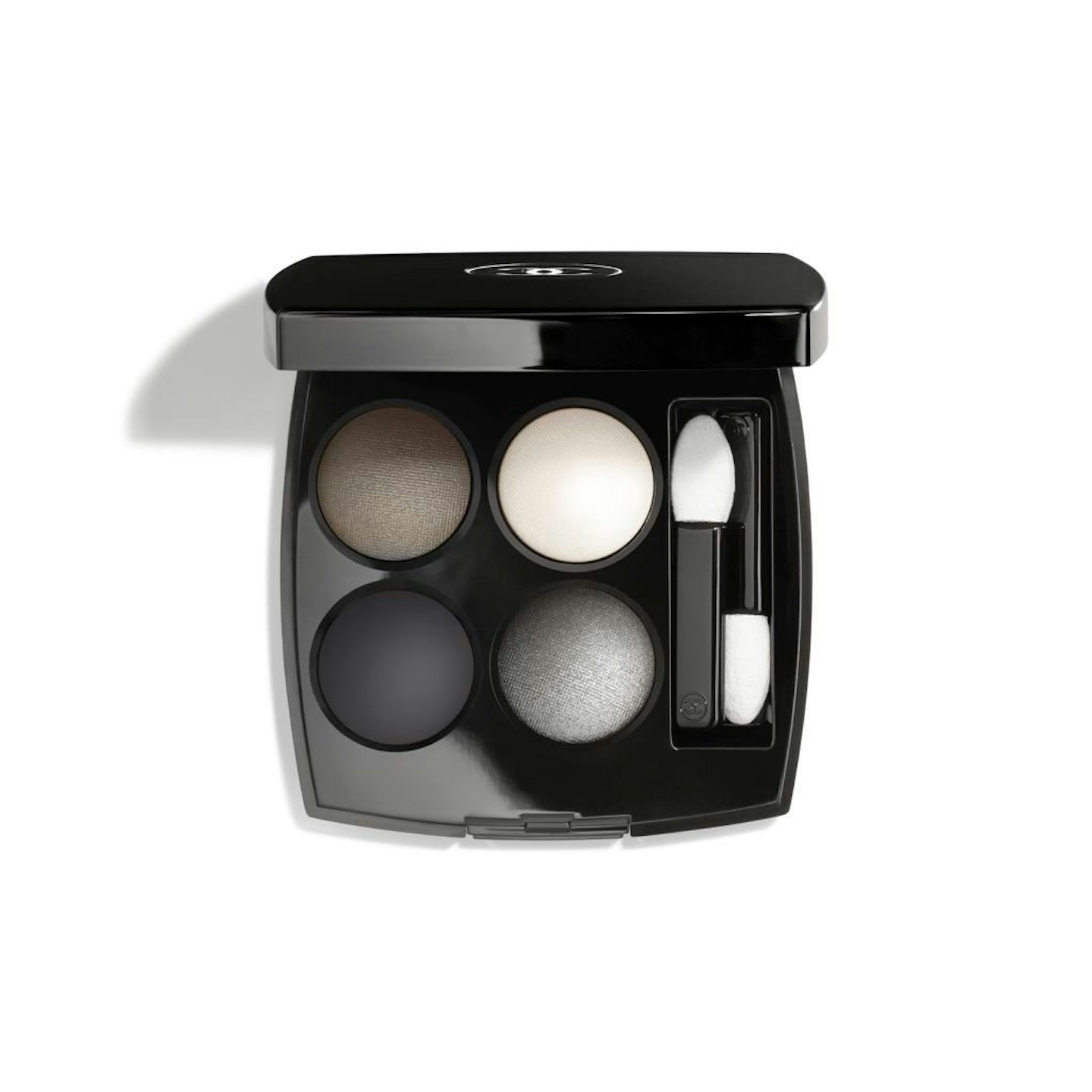 4 of 15
4 of 15Les 4 Ombres Multi-Effect Quadra Eyeshadow in Modern Glamour, £44
 5 of 15
5 of 15Rogue Allure Velvet Extrême in Rouge Obscur, £31
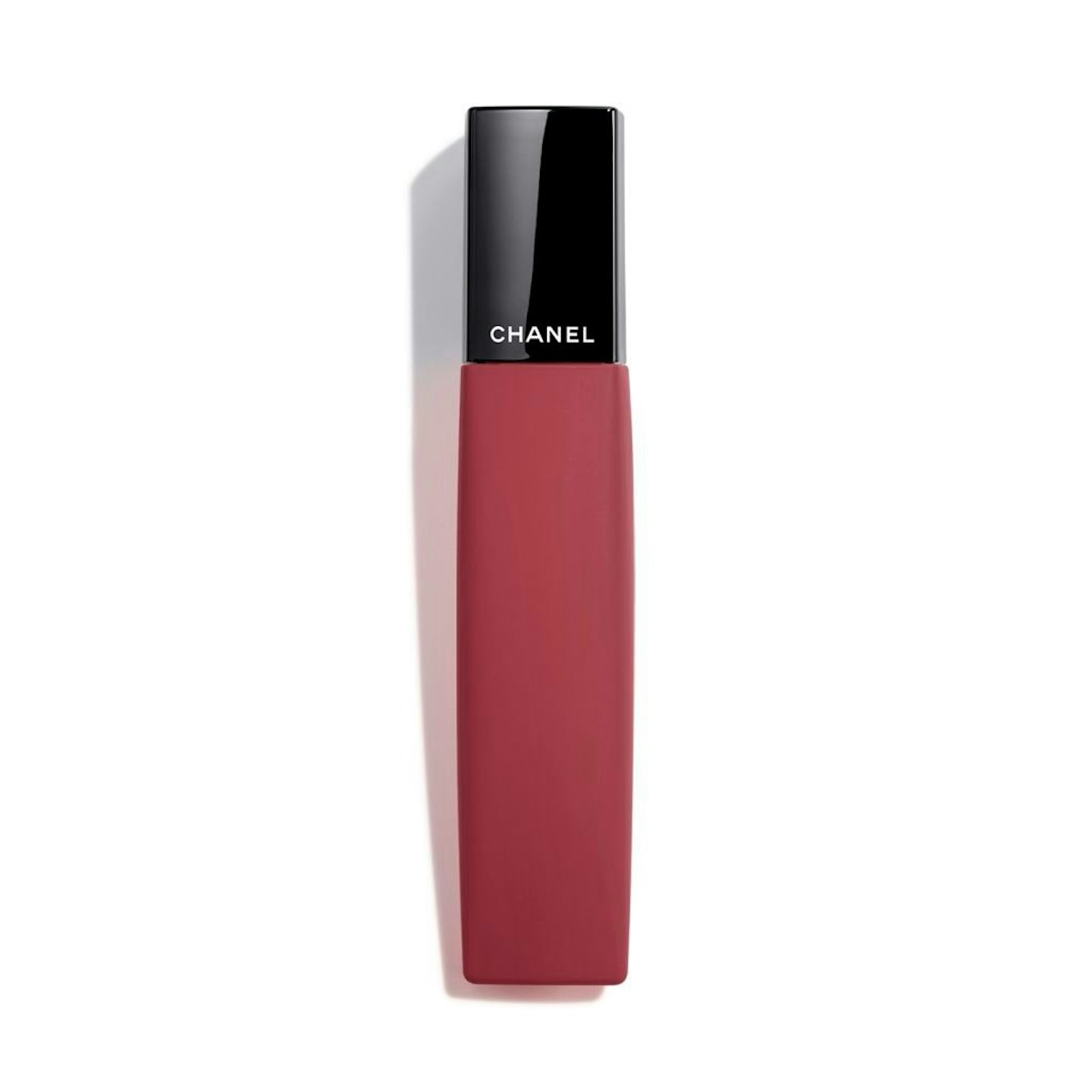 6 of 15
6 of 15Rouge Allure Liquid Powder in Bois de Nuit, £31
 7 of 15
7 of 15Le Vernis Limited Edition Longwear Nail Colour in Pure Black, £22
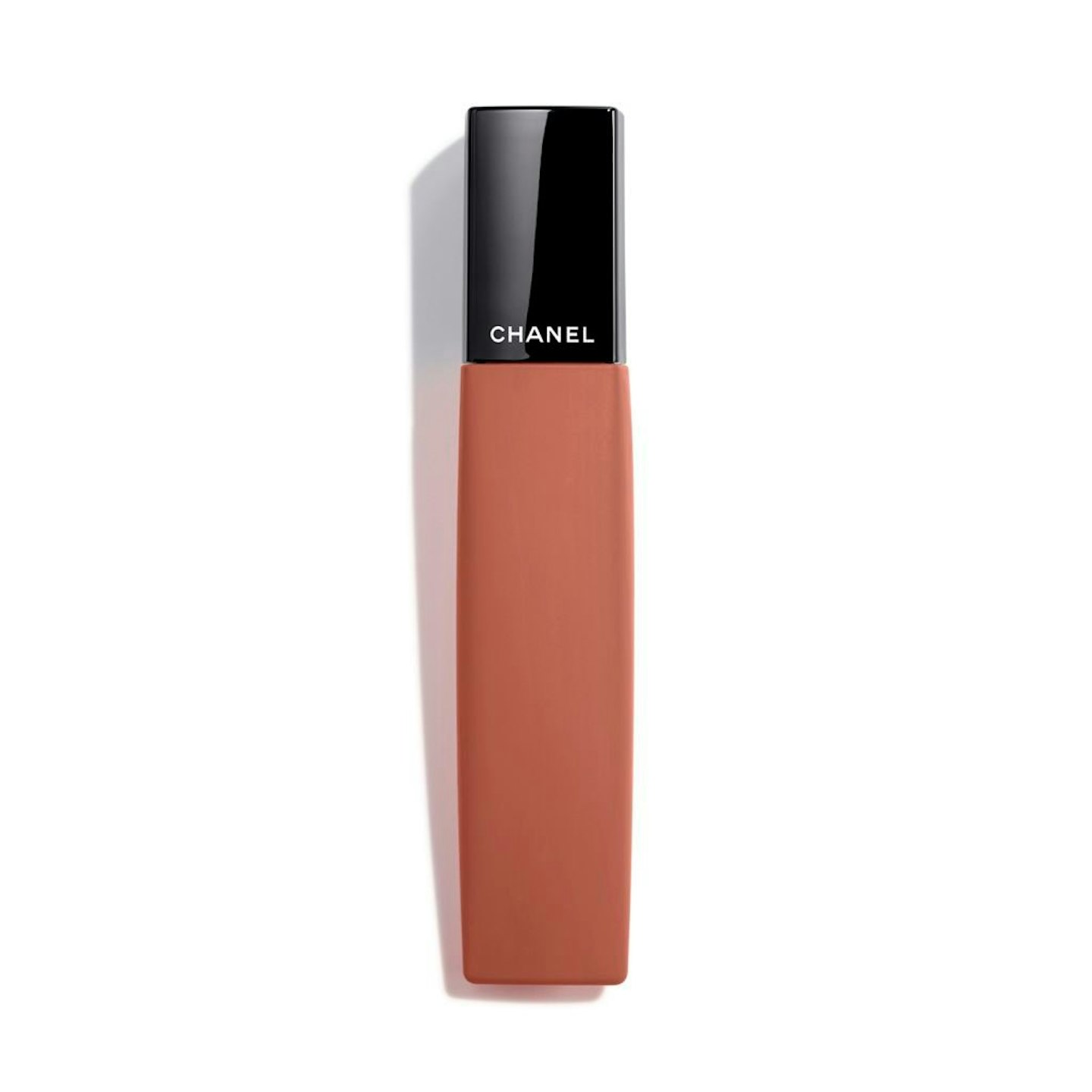 8 of 15
8 of 15Rouge Allure Liquid Powder in Timeless, £31
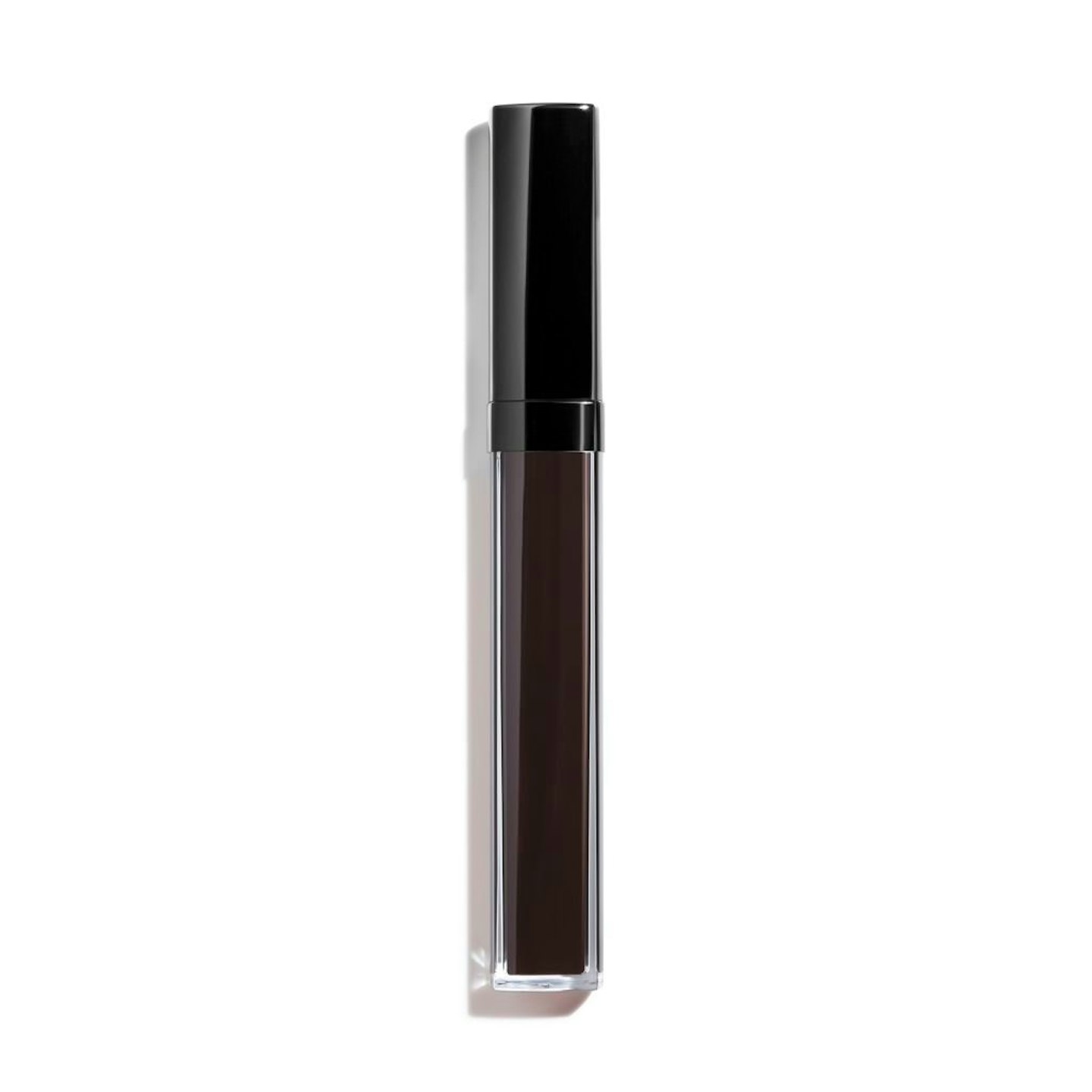 9 of 15
9 of 15Rouge Coco Gloss Limited Edition in Laque Noir, £28
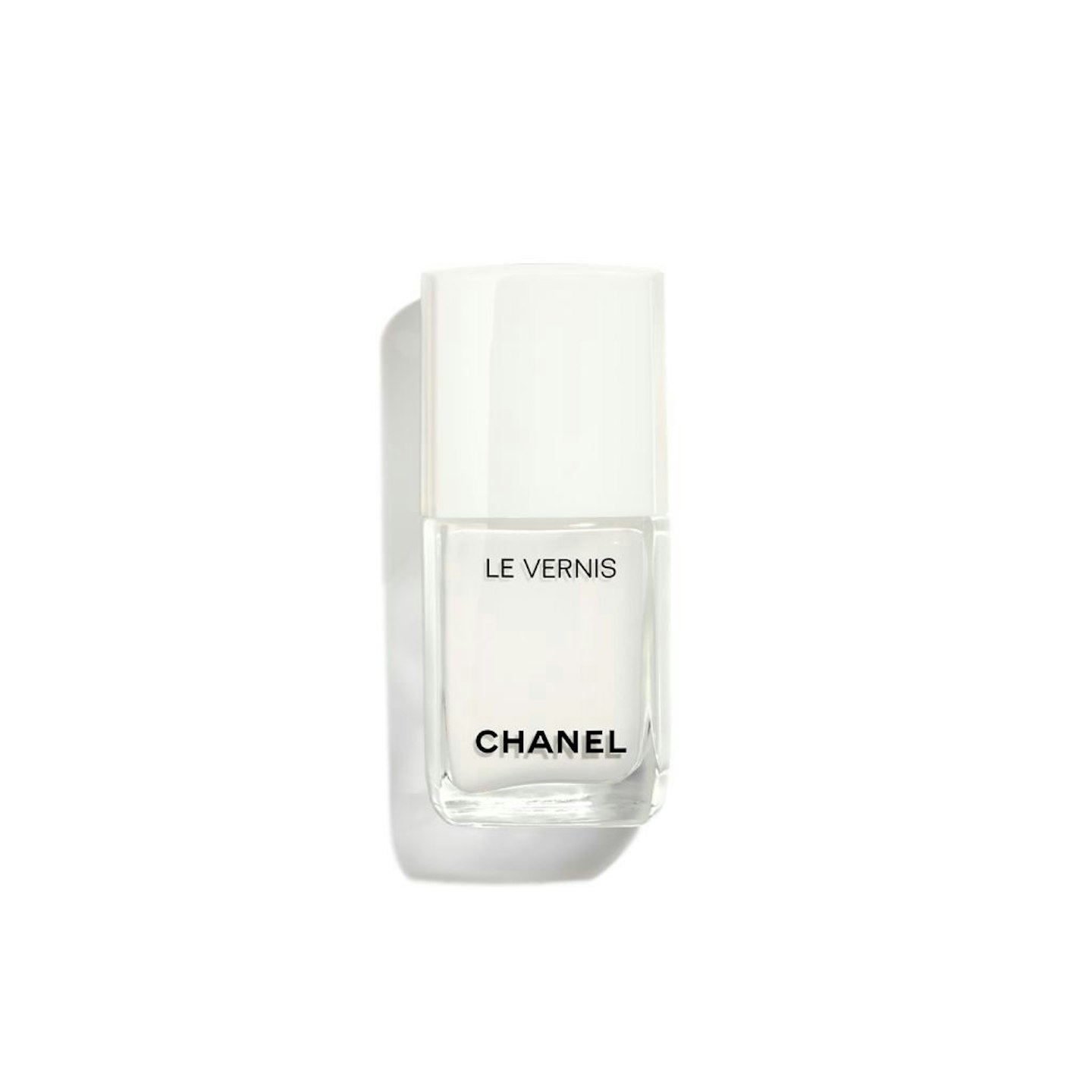 10 of 15
10 of 15Le Vernis Limited Edition Longwear Nail Colour in Pure White, £22
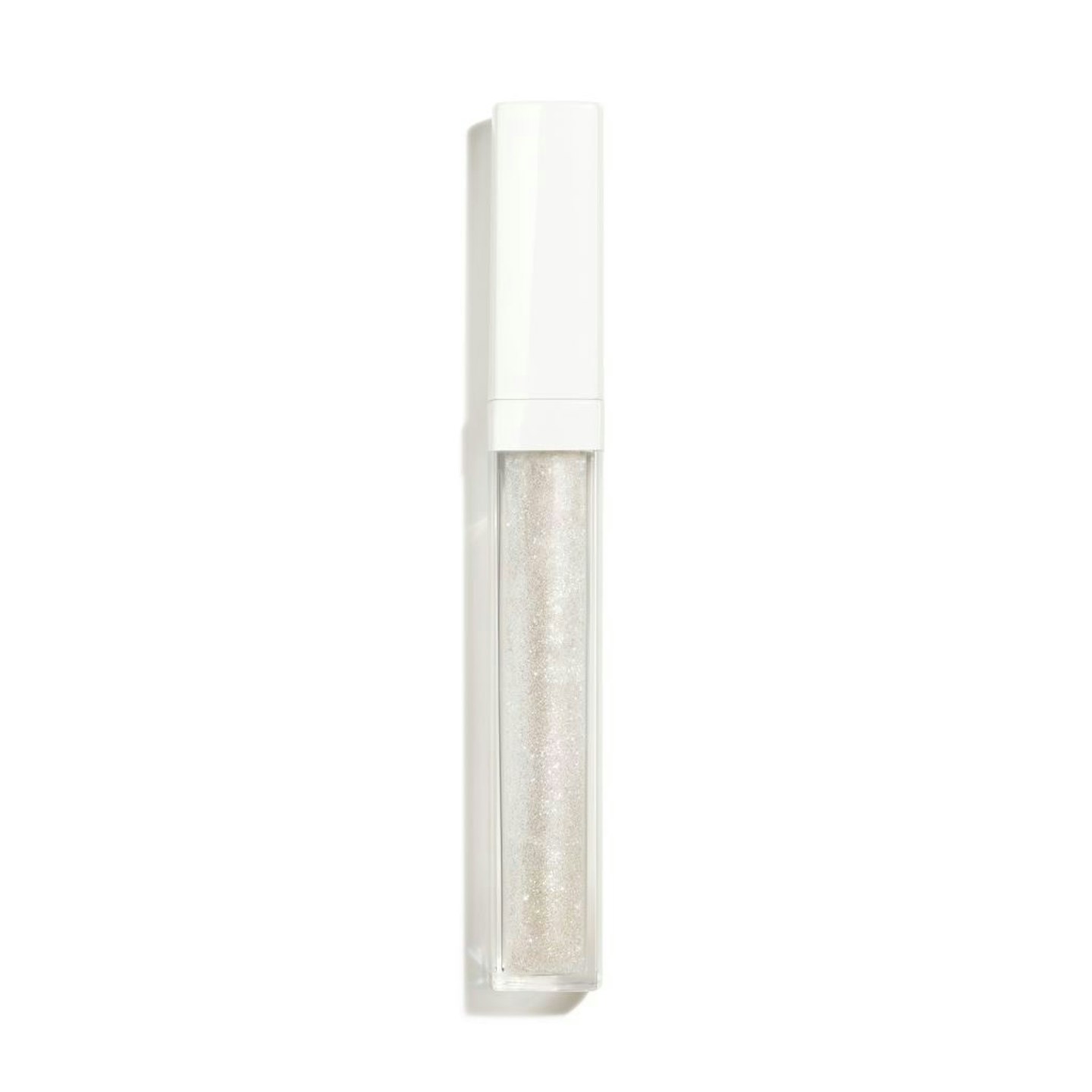 11 of 15
11 of 15Rouge Coco Gloss Limited Edition in Crystal Clear, £28
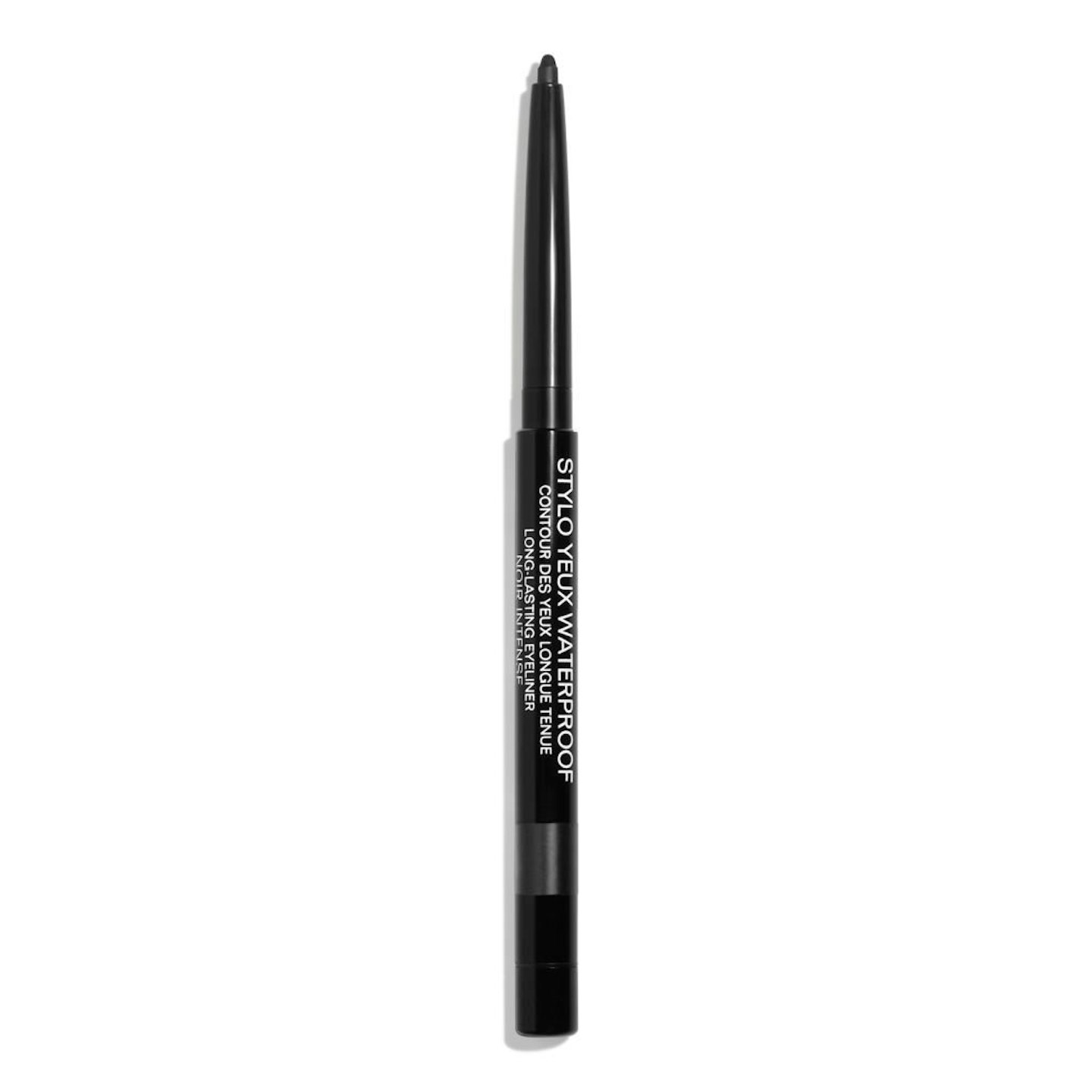 12 of 15
12 of 15Stylo Yeux Waterproof Eyeliner in Noir Intense, £22
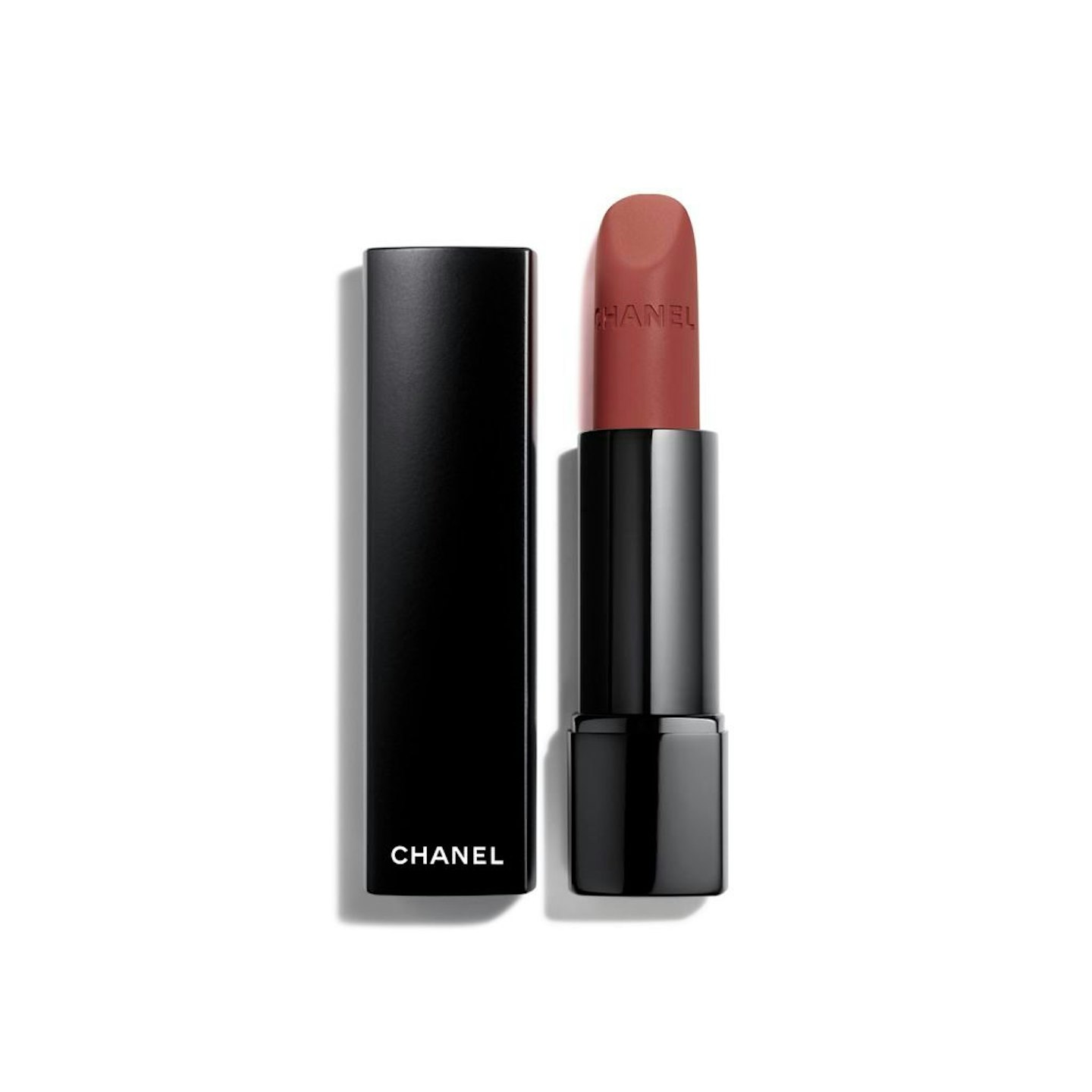 13 of 15
13 of 15Rogue Allure Velvet Extrême in Rose Nocturne, £31
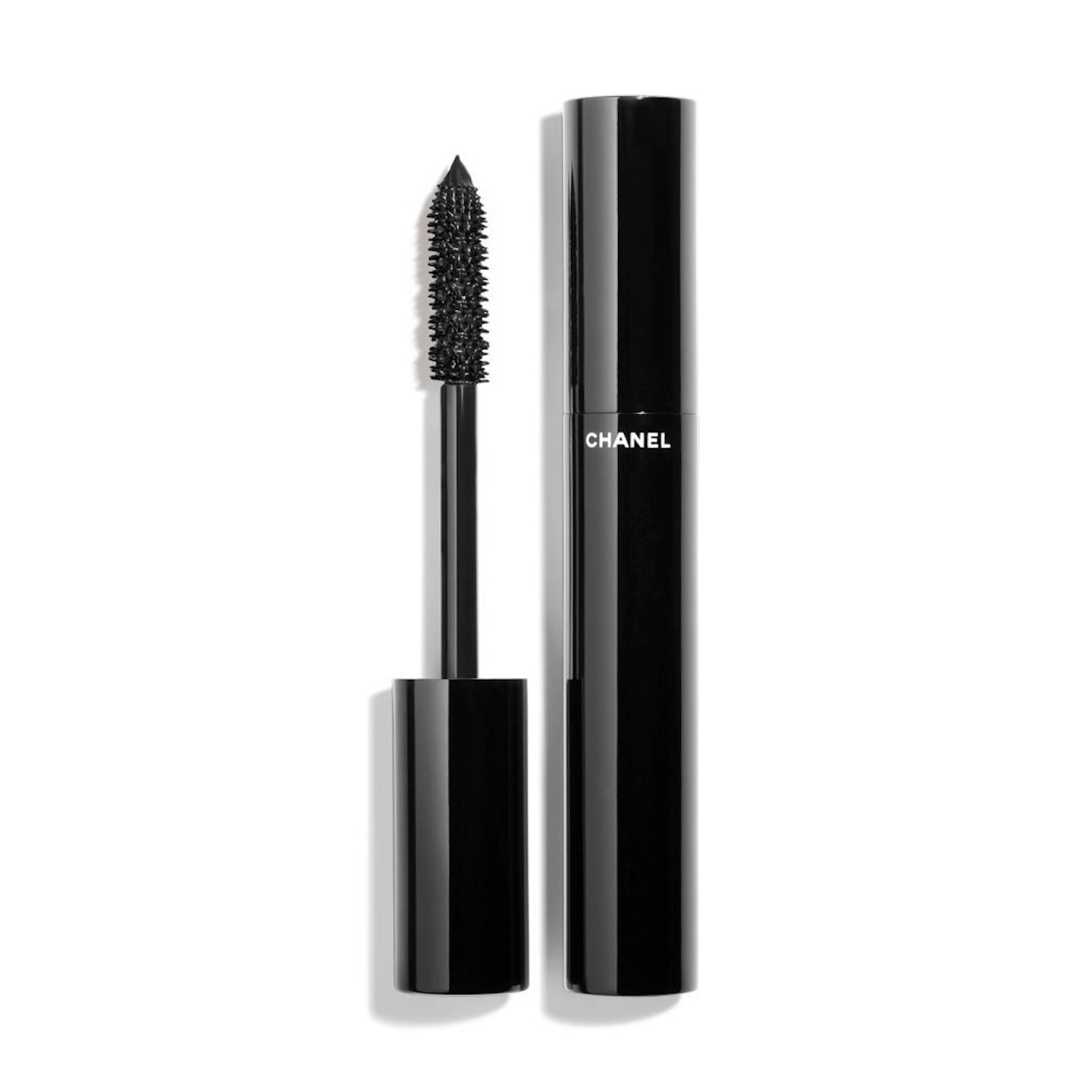 14 of 15
14 of 15LE VOLUME Ultra-Noir De Chanel in Noir Intense, £28
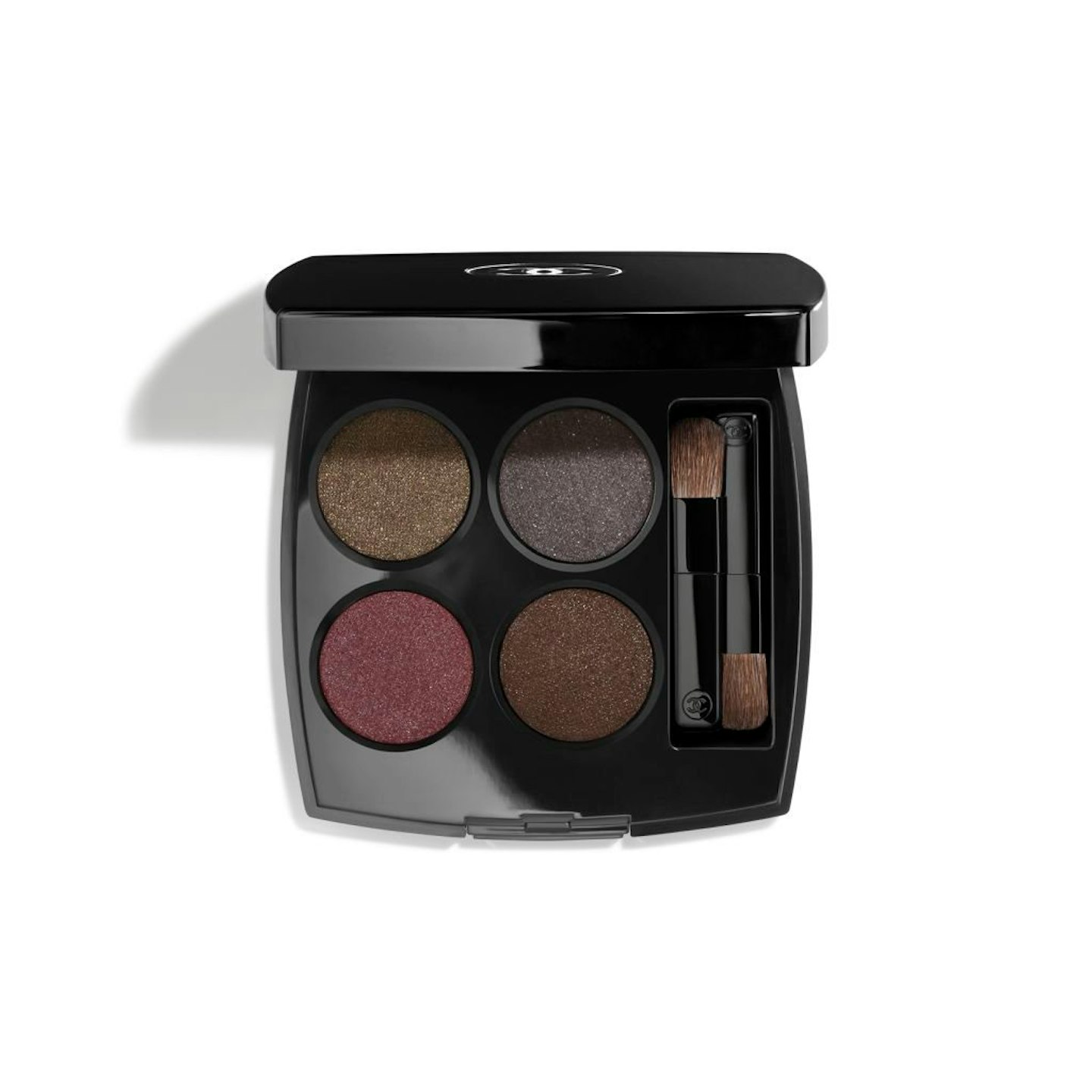 15 of 15
15 of 15